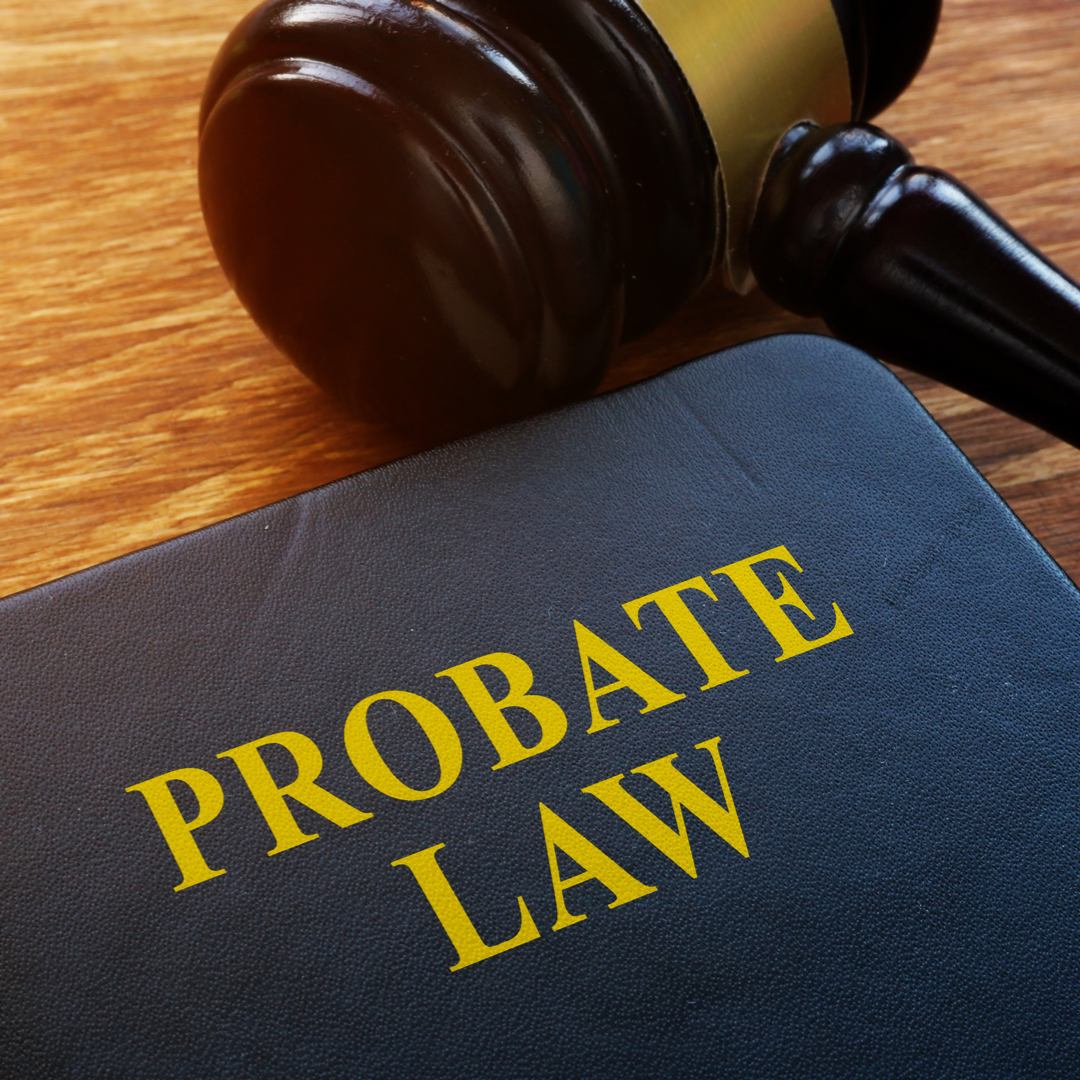When someone passes away in California, their assets and debts are administered in accordance with any estate plan adopted by them during their life and, as applicable, California law. A decedent’s estate can either be administered under a Trust, or if a decedent didn’t leave a Trust, through the process known as Probate. When an individual dies without a Trust, and the value of whose ‘probate assets’ exceeds $184,500, his or her assets will be distributed through the probate process in accordance with California’s laws and procedures. Probate is the court-supervised administration of a decedent’s estate. It is a formal legal process through which a decedent’s estate is be administrated, his/her assets distributed, and his/her estate settled. California laws
Probate can be a lengthy, expensive process that most people seek to avoid due to the time and expense involved. A long probate process with many assets and debts to sort through can take years and cost tens of thousands of dollars, if not more. Instead of potentially putting this burden on your family members upon your death, several viable options can help your assets stay out of probate court.
Ways to Avoid Probate:
California law allows you to hold almost any asset you own in a living trust to avoid probate. Common assets such as real estate, bank accounts, and vehicles can all be held in a living trust. A living trust is created with a trust document naming yourself as the trustee and someone else as a successor trustee. This person will take over as trustee upon your death. The successor trustee can transfer the living trust to the beneficiaries at that timewithout mandatory probate court proceedings.
Living Trusts are excellent documents to properly set forth one’s desires with respect to the administration and distribution of the estate. Without properly setting forth one’s testamentary intentions, disputes can arise during that may result in the estate administration process take months or even years. Any estate administration (probate or trust) can become complicated, stressful, and time-consuming if the testamentary documents are not adequately or properly drafted. In estate administrations in which the appropriate documents were not properly drafted, family, friends, government entities, and creditors can and will:
A beneficiary deed transfers property to a named beneficiary. Most deeds transfer property in the present. However, a beneficiary deed, also often called a transfer-on-death deed, is different in that it can arrange today to pass down property in the future. As such, you can use it to transfer property to a chosen beneficiary only in the event of your passing without the property needed to go through probate.
Beneficiary designations are a convenient way to transfer assets directly to selected individuals. Beneficiary designations may take precedence over potentially conflicting terms in a Will or Trust, and conflicts between a beneficiary designation and terms of a Will or Trust purporting to effectuate a transfer of a beneficiary designated asset can lead to litigation. Beneficiary designations are usually created when a financial account, retirement account, or life insurance policy is first established. Beneficiary designated assets are considered to be ‘non-probate’ assets and are exempt from the $184,500 threshold mentioned above. However, beneficiary designations should be reviewed every so often and upon significant life changes, such as a divorce or remarriage, and they should be reviewed in the context of your entire estate plan. Instead of a specific individual, you can also designate your own Trust or Estate as the beneficiary. In this case, the asset (retirement account or life insurance benefit) becomes part of your Trust or Probate estate. It will be distributed according to your Will or Trust when you die. Beneficiary Designations are efficient ways to transfer an asset on the asset-owner’s death. They are very commonly used in many, many decedent’s estates, but they also must be used cautiously and upon full information and understanding as to how they work.
Jointly owned property has the “right of survivorship.” Jointly owned property is also regarded as a non-probate asset anddoesn’t go through probate. Instead, it automatically transfers to the remaining living owner when the other owner dies. California recognizes two forms of joint ownership:
Two or more owners, also known as joint tenants, own equal shares of the property. If one owner dies, the propertyautomatically legally passes to the surviving owners. Any joint tenancy agreement always includes the right of survivorship. If there are no surviving owners, the asset will have to be administered through the Probate procedures.
California is a community property state. Spouses and registered domestic partners jointly own all property acquired during the marriage. The only exception is if one spouse has a will that directs property otherwise. Community property that maintains the right of survivorship will automatically and legally pass to the surviving spouse or partner if the other dies.
Questions about Avoiding Probate?
The probate process, along with your options for avoiding it, can be quite daunting. No one likes to think about their death, but having certain legal provisions in place can make things much easier and less expensive for your family members upon your passing. We are here to help. Call Fauver, Large, Archbald& Spray LLP at (805) 966-7000 or contact us online.





